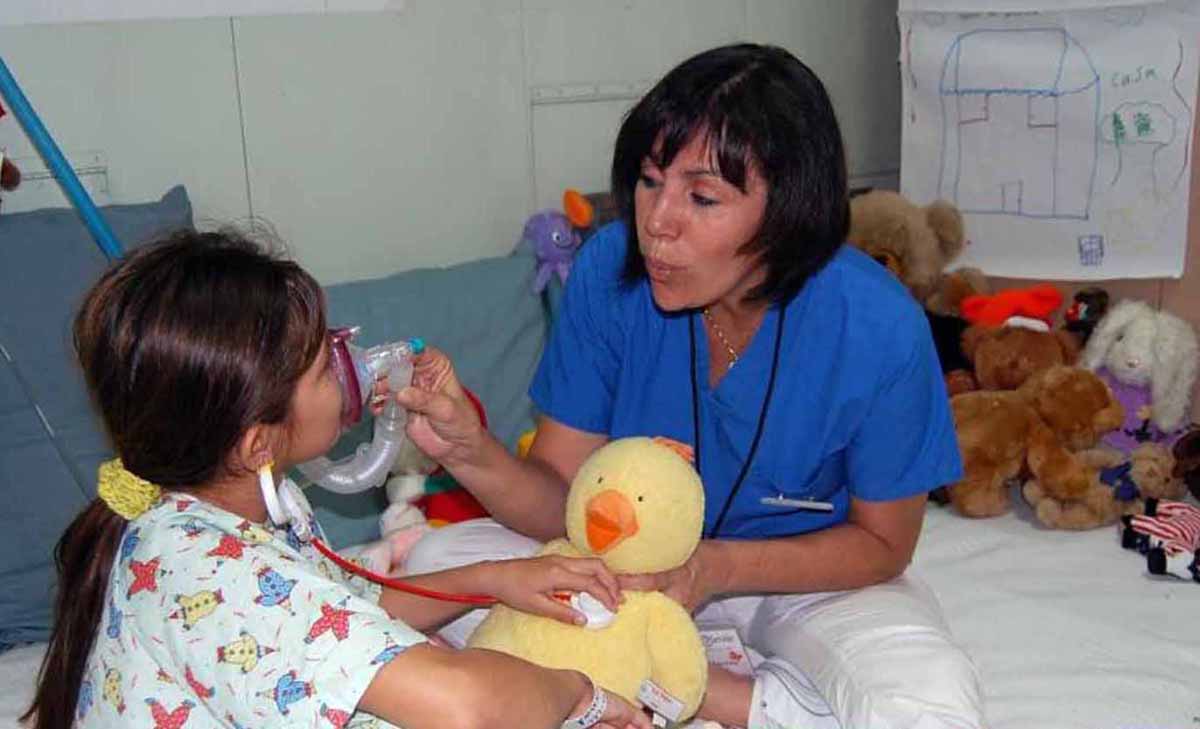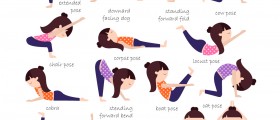
Breathing exercises are great way to get a relief from stress and induce some easy relaxation. Children can also greatly benefit from some easy and fun breathing exercises and thus reduce daily stress, improve their oxygen intake and manage some of the common conditions such as attention deficit hyperactivity disorder, or ADHD. Most people breathe small and shallow breaths, taking the oxygen, mostly in the chest, with little visible movement.
When people are under a lot of stress, they may even stop breathing for short periods, completely unaware they are doing so 50 or even 100 times a day. Practicing breathing will therefore help the children directing their consciousness back to the breathing and focusing again onto the autonomic nervous system. This restorative experience lifts up the body and mind, releases worries and tensions and makes the child feel calm and relaxed. Here are some great breathing exercises appropriate for kids.
The sessions should be short and fun, as well as age-appropriate. The best time to start with the exercise is when the child is calm and relaxed. It may be hard at the beginning, but it will get better with practice.
Deep breathing exercise
Before starting with this practice, parents should explain their children that they are just about to learn a new type of breathing and ask them to inhale through the nose letting the breath easily flow into the lungs while the tummy pushes out. This should be done without any strain, naturally and slowly. When the child masters the slow and relaxed diaphragm breathing, the instructor should ask the child to breathe in for a longer time - for the count of six, for example.
The last step is to help the child understand how to slowly exhale the air from the lungs. Most kids tend to let the air explode out after a deep inhale, but the goal of the training is to make the breathing, slow and flowing.
Take five
Here is another easy but highly beneficial breathing exercise. A child should sit down and completely relax. The child should get the instructions to close the eyes and breathe through the nose while counting in mind: one, two, three, four, and five. When the child counts to five he or she makes a pause for a second, to shortly enjoy ease of the moment, and exhale slowly while counting backwards from five to one, putting down a finger for each number. This exercise is repeated two to three times.

















Your thoughts on this
Loading...